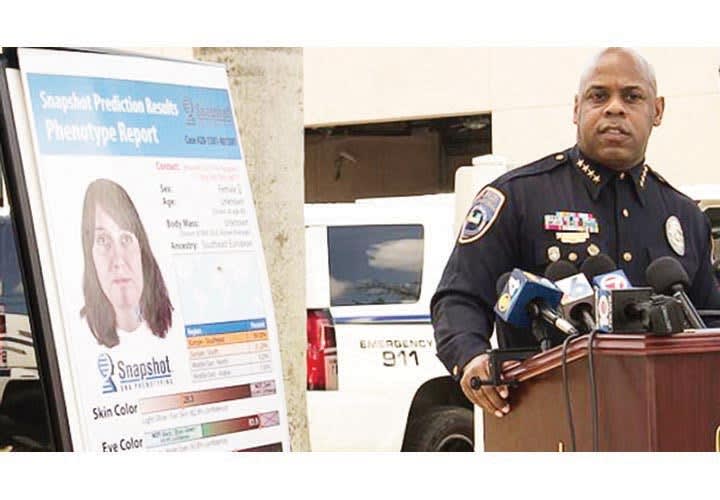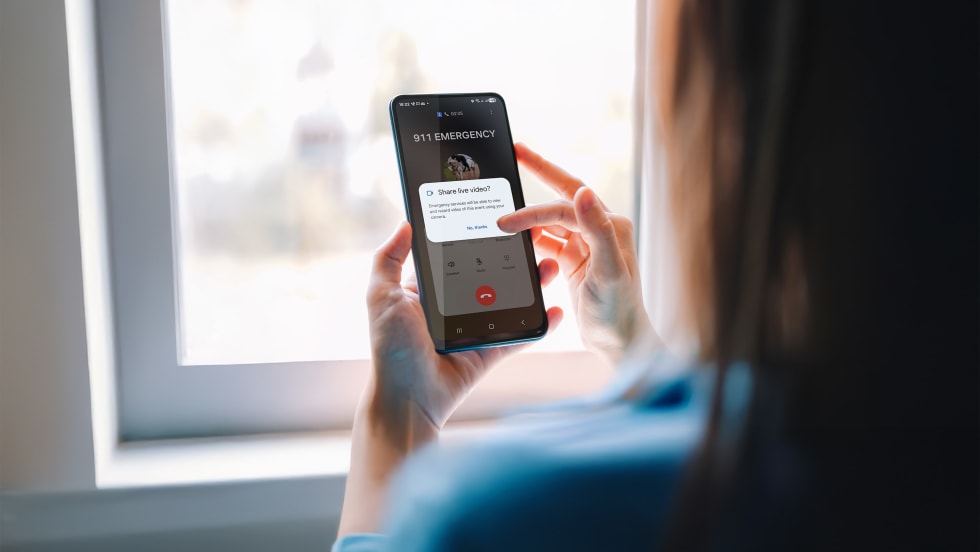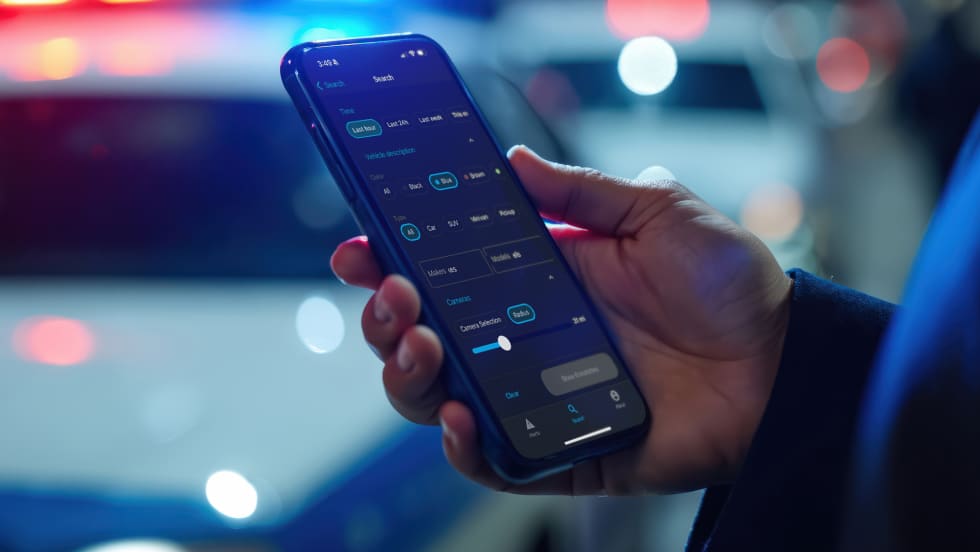A detective will contact Parabon with information about a case involving DNA from an unidentified person, and Greytak and her team will evaluate whether there is enough DNA left to do a new analysis. If there is, Parabon coordinates with DNA Labs International or one of the other specially equipped labs they work with to receive the sample, extract DNA or clean up old DNA extracts from cold cases, and conduct a SNP panel. The lab then sends the results to Parabon, and Greytak and her team analyze the data to predict that person's physical appearance.
"We can't just use the STR analysis they've already developed," Greytak says. "We do a SNP analysis, so rather than the usual STR, we're looking for single-nucleotide polymorphisms, SNiPs or SNPs." The test generates a readout of close to a million SNP genotypes. But Parabon uses predictive models that read the raw data and compare them to known people with similar genomes to determine their likely appearance. It goes something like this: "OK, this person is a DG at this SNP, and in the thousands of people I've ever looked at, people who have DG at this SNP tend to have lighter eyes, for example," Greytak says. It can also provide a person's detailed ancestry.
But she and her team are careful to explain to investigators that the information derived from the analysis can only point them in the right direction, mainly by narrowing the focus of possible matches. The composite image provided on the last page of every analysis report is merely representative of a possible person that meets the criteria found in the DNA. The rest of the report details what traits to look for and the level of confidence for each finding.
For example, analysis of a DNA sample might show that the unidentified person most likely has blue eyes, but with only 80% confidence, whereas they have 99% confidence that the person does not have brown eyes. "So we might say the blue is more likely than green, so you would look at the blue-eyed people first. But still keep those green-eyed people on your list, because that's still possible," Greytak says.
Even when Parabon can predict aspects of a person's appearance with a high level of confidence, there are plenty of factors they have no way of predicting, such as age, weight, hairstyle, and whether a person has tattoos. "What we're going to produce at the end is not going to be a driver's license photograph of that person," Greytak says. "There's a lot of information that goes into appearance that's not written in the DNA sequence."













